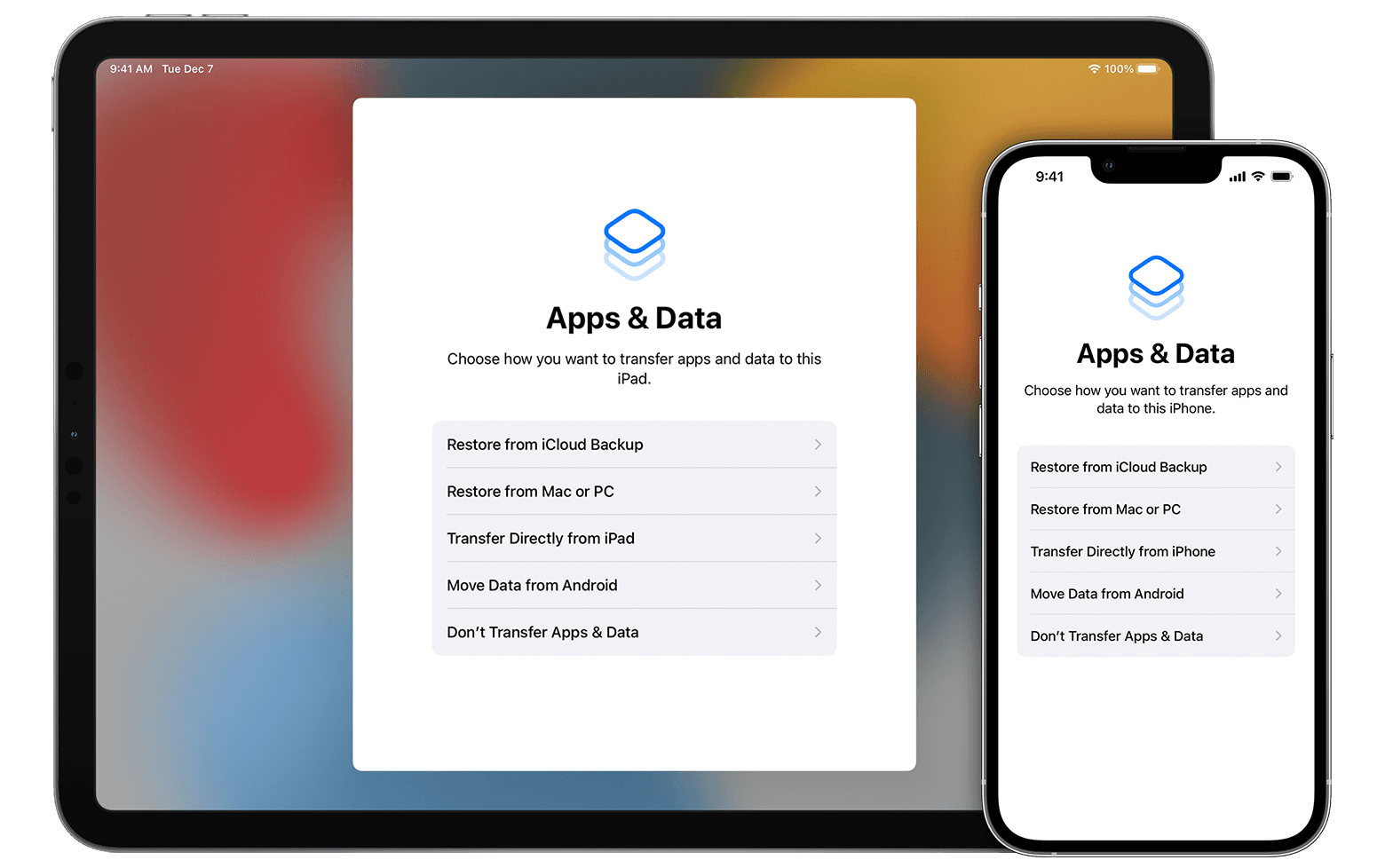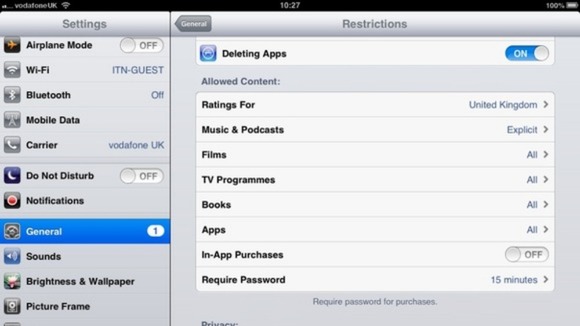
- #One of my apps will not open on my ipad how to#
- #One of my apps will not open on my ipad full#
- #One of my apps will not open on my ipad code#
Why do my Apps keep closing on my iPhone? When this problem occurs, one question that comes to your mind is-“Why do my apps keep closing on my iPhone?” To help these users, we have given some troubleshooting tips that will help in solving this problem. The apps will quit without any input as soon as they are launched. Generally, the iOS apps are stable and do not give any issues, but there are days when the iPhone apps keep closing at random. This takes longer and uses more power than if you had just let the app suspend peacefully in the background.It is very annoying when your iPhone apps keep crashing without any reason. When you re-open such an app, your phone will have to read its data into RAM from your device’s storage and re-launch the app. If you want to save battery life and prevent apps from running in the background, the place to do it is in the Background App Refresh screen.īelieve it or not, removing apps from memory using the multitasking interface could actually lead to less battery life in the long run. Overall, apps running in the background aren’t something you need to worry about so much on iOS. If you don’t want the app running in the background, you can stop the music playback. For example, if you’re streaming music from the Spotify or Rdio app and leave the app, the music will continue to stream and play. Other cases of apps running in the background are more obvious. Disable background refresh for an app and it won’t have permission to run in the background. You can also check just how much battery power those apps are using. To do this, open the Settings screen, tap General, and tap Background App Refresh. Instead, just disable background refresh for such apps. To prevent an app from running in the background in this way, you don’t need to use the multitasking view. A feature called “background app refresh” allows apps to check for updates - for example, new emails in an email app - in the background. Some apps do run in the background thanks to iOS’s recent improvements to multitasking, however.
#One of my apps will not open on my ipad how to#
RELATED: How to See Which Apps Are Draining Your Battery on an iPhone or iPad
/ipad-storage-a693f375ab3e4f74ac2e87179fe782b0.jpg)

How to Actually Prevent Apps From Running in the Background You may want to close desktop programs and browser tabs you’re not using, but this doesn’t apply to iOS apps.
#One of my apps will not open on my ipad code#
When you use an application on your desktop PC - Windows, Mac, or Linux - or open a web page in your web browser, that code continues running in the background. It’s not actually running in the background when you’re not using it. However, that game isn’t using CPU resources and draining the battery when you’re away from it. So, when you leave a game you’re playing by hitting the Home button, iOS keeps that game’s data in RAM so you can quickly go back to it. By default, apps automatically suspend when they go into the background. The reason for this misunderstanding is an incorrect understanding of how multitasking works on iOS. These Apps Aren’t Running in the Background, Anyway There’s no reason you’d want to have completely empty memory, as that would just slow everything down. It’s best to let iOS manage this on its own. iOS can and will remove an app from memory if you haven’t used it in a while and you need more memory for something else. There’s no downside to having your RAM filled up. They are consuming RAM, or working memory - but that’s a good thing.Īs we’ve explained before, it’s good that your device’s RAM is full. The apps you see in your list of recent apps aren’t actually using processing power. However, this won’t actually speed up your device.
#One of my apps will not open on my ipad full#
RELATED: Why It's Good That Your Computer's RAM Is Full You Don’t Want to Remove Apps From Memory This is how you can forcibly quit and restart an app on iOS, and it works if you ever need to do that. But visiting the multitasking screen, quitting it with an upward swipe, and then relaunching the app will force it to start from scratch. For example, if an app is in a weird frozen or buggy state, just pressing Home and then going back to the app again may not help. Swiping an app up and off the multitasking screen quits the application and removes it from memory. You can also swipe up with four fingers on an iPad to open the switcher. On current versions of iOS, this can be accomplished by double-pressing the home button and swiping recently used apps to the top of the screen, where they’re removed from the multitasking view. On earlier versions of iOS, this was accomplished by double-pressing the home button and tapping the X on recently accessed apps.
To speed things up, you need to close these applications like you would on a computer.

The myth states that your iPhone or iPad is keeping recently accessed apps open and running in the background. RELATED: 8 Navigation Tricks Every iPad User Needs to Know


 0 kommentar(er)
0 kommentar(er)
